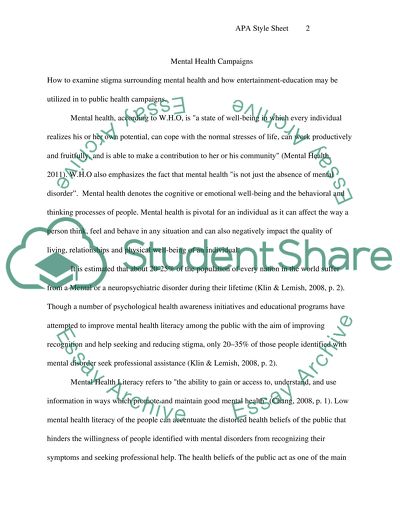Cite this document
(“Mental Health Campaigns Research Paper Example | Topics and Well Written Essays - 2250 words”, n.d.)
Retrieved from https://studentshare.org/journalism-communication/1393051-mental-health-campaigns
Retrieved from https://studentshare.org/journalism-communication/1393051-mental-health-campaigns
(Mental Health Campaigns Research Paper Example | Topics and Well Written Essays - 2250 Words)
https://studentshare.org/journalism-communication/1393051-mental-health-campaigns.
https://studentshare.org/journalism-communication/1393051-mental-health-campaigns.
“Mental Health Campaigns Research Paper Example | Topics and Well Written Essays - 2250 Words”, n.d. https://studentshare.org/journalism-communication/1393051-mental-health-campaigns.


